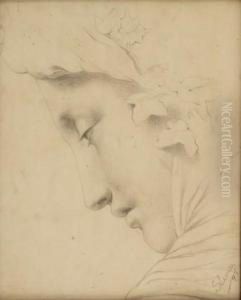Slava Raskaj Paintings
Slava Raškaj was a distinguished Croatian watercolorist and one of the most prominent Croatian artists at the turn of the 20th century. Born on January 2, 1877, in Ozalj, then part of the Austro-Hungarian Empire (now Croatia), her full name was Slavica Raškaj. Despite losing her hearing and speech abilities at a young age, Raškaj pursued her passion for art, which played a central role in her life.
Encouraged by her father, Raškaj began her formal art education at the age of 14, when she was enrolled in the Royal Craft School in Zagreb. There, under the guidance of the renowned Croatian artist Bela Čikoš Sesija, she honed her skills and became particularly adept at watercolor painting. Her talent was evident, and she quickly distinguished herself as a gifted artist.
After completing her studies, Raškaj continued to develop her distinctive style, characterized by a masterful use of color and a delicate touch that brought her subjects to life. Her work frequently featured natural scenes, gardens, and still lifes, and she was particularly noted for her depictions of lily ponds, which have drawn comparisons to the work of Claude Monet.
Unfortunately, Raškaj's life was marred by personal struggles. She faced social isolation due to her disabilities and battled with mental health issues. These personal challenges, coupled with the societal pressures and limitations placed on women at the time, affected her deeply. Despite these difficulties, she continued to produce remarkable artwork that captured the beauty of her surroundings.
Raškaj's career was tragically cut short when she passed away on March 29, 1906, at the age of 29, in a psychiatric hospital in Stenjevec. Her premature death meant that her body of work was relatively small, but her contribution to Croatian art was significant. She left behind a legacy of beautiful watercolors that continue to be celebrated for their technical skill and emotive power. Today, Slava Raškaj is regarded as one of Croatia's greatest watercolorists, and her work is a testament to her resilience and enduring talent.



